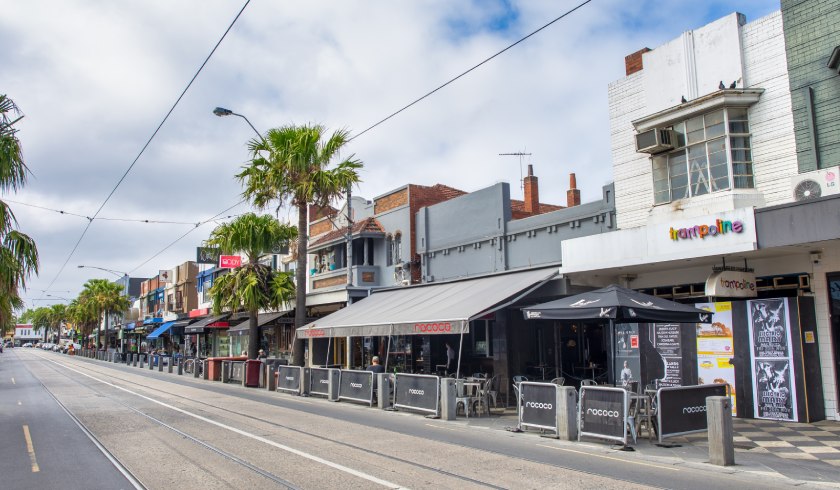What to expect from retail in 2022
The impact of COVID may have severely disrupted Australia’s retail sector, but Herron Todd White (HTW) is expecting to see short-term stability and more localised factors playing a more visible role in 2022.

Alistair Weir, HTW commercial director, stated in the latest Month in Review that while the retail sector was hit hard by the pandemic, “the lockdowns have ended and there may be the prospect of far more stable trading conditions” this year.
To continue reading the rest of this article, please log in.
Create free account to get unlimited news articles and more!
If there’s anything good that has resulted from extended lockdowns and infusion of government aid, Mr Weir pointed to “more than $200 billion in additional household savings” – a fertile condition for the retail sector’s recovery.
According to the report, those who were able to pivot from the initial blow of COVID at the onset of the pandemic are those in the convenience, food-based, neighbourhood, and large-format asset classes.
Remote work arrangements, which saw buyers move to suburbs and regions, buoyed up convenience and food-based neighbourhood centres.
Furthermore, as cocooned workers with surging savings looked for home improvement and hobby supplies, large-format retail saw a significant increase in sales and has continued to thrive, according to Mr Weir.
On the flip side, the commercial director said CBD retail markets, as well as subregional and regional shopping centres, “were massively affected by the lockdowns” due to lack of customer foot traffic as people worked from homes, and there were also no tourists and international students.
“Broadly speaking, rents appear to have fallen by 20 per cent or more, and there has been a substantial lift in vacancies,” said Mr Weir.
While border restrictions will soon be lifted and an influx of tourists and students are “likely to create a rebound” for these severely affected asset classes, Mr Weir opined that “the damage is likely to be long lasting”.
For commercial investment markets, the report claimed that yields have increased as investors’ pool of funds swelled for investment opportunities.
Mr Weir said this was most notable in resilient asset classes mentioned earlier and also for “specialty classes such as service stations and fast food”.
Commenting on the impact of inflationary pressures on interest rates and possible weakening of property yields, Mr Weir opined: “It’s probable that we have (finally) hit the bottom of the yield curve,” but also added that considering the “weight of money available for investment”, it may take some time for the market to come around.
The report has also listed a new set of market disruptors in the next phase of the pandemic: labour shortage, persistent supply chain concerns, inflationary pressures, and volatile global financial markets.
Weighing in on these emerging disruptors, Mr Weir said: “It’s unknown whether these issues will quickly settle, but there’s little doubt that there are some broad headwinds looming and nothing about the recovery is certain.”

